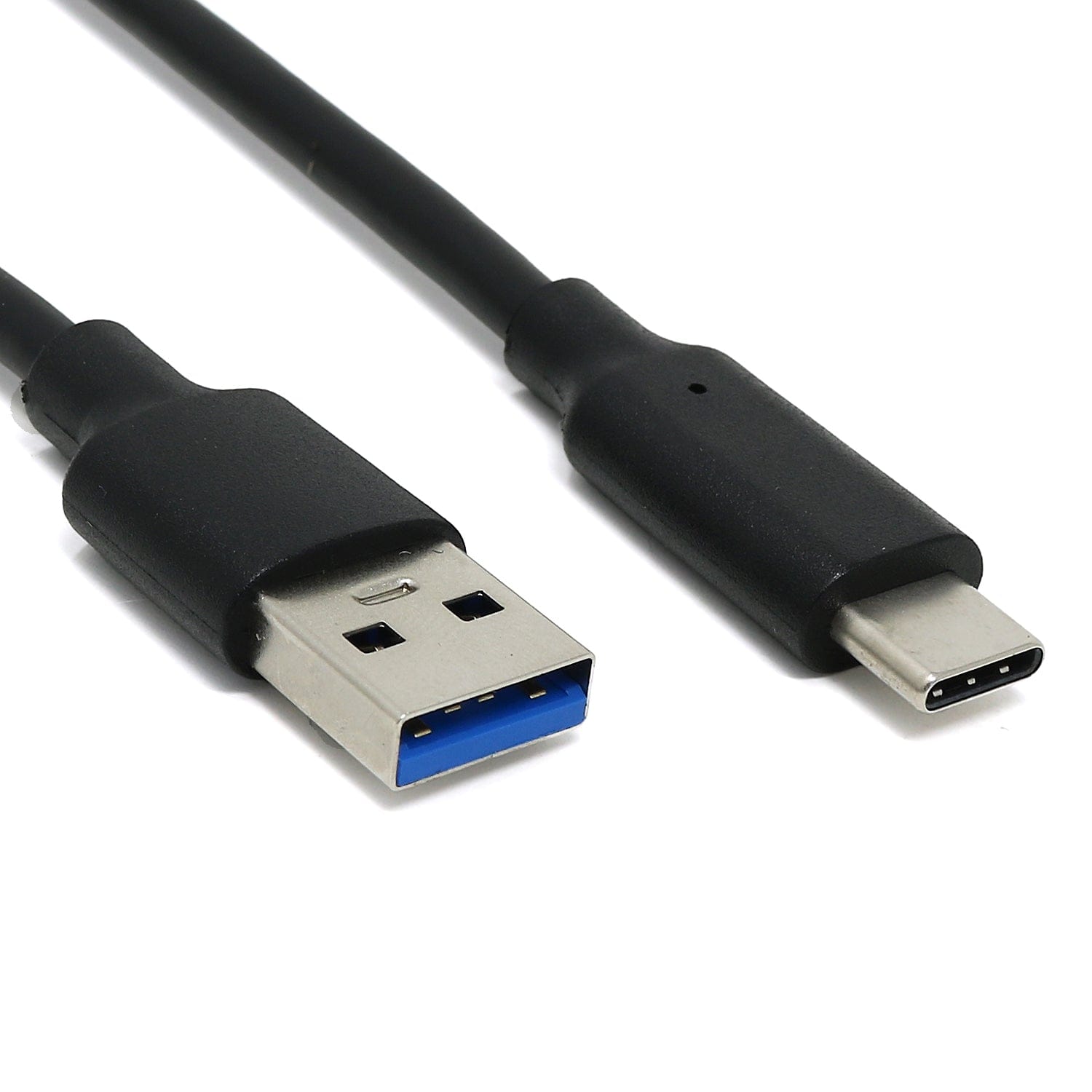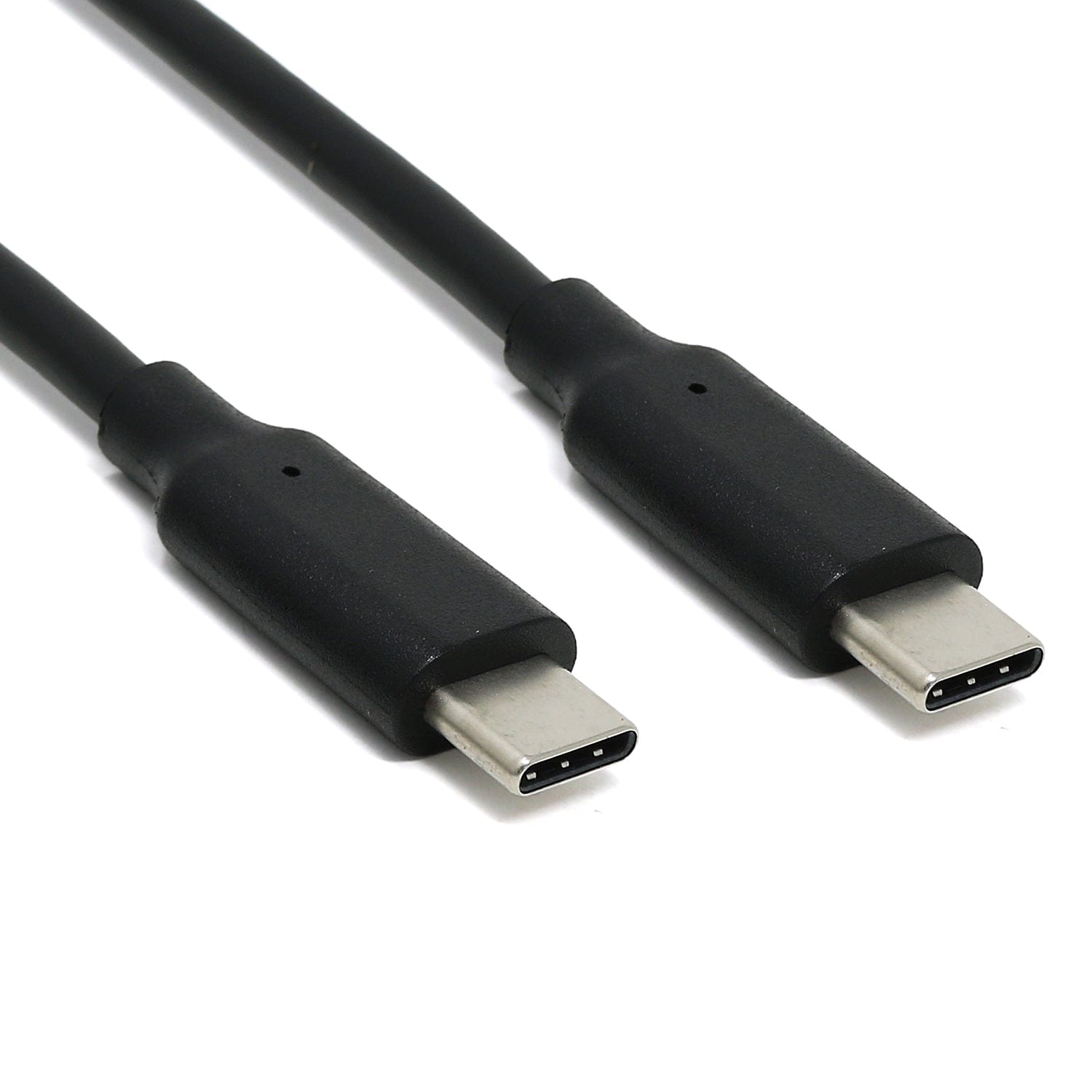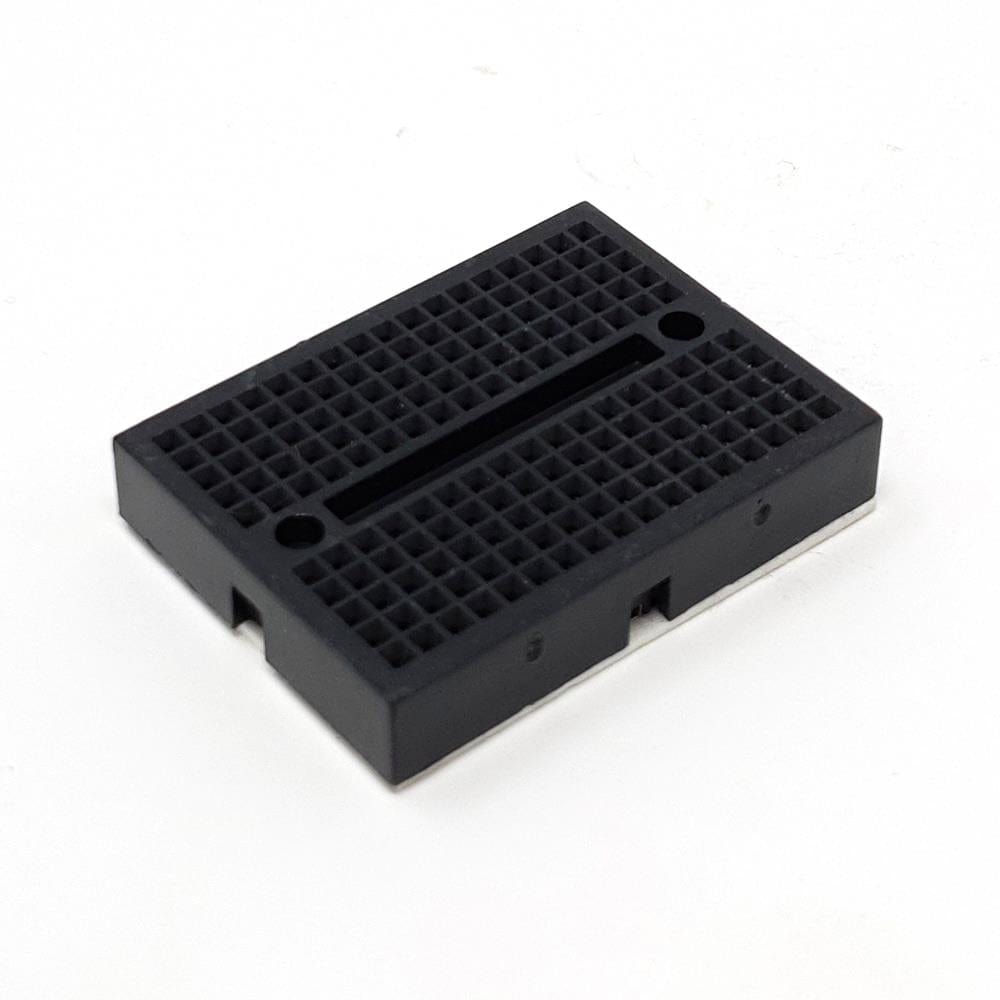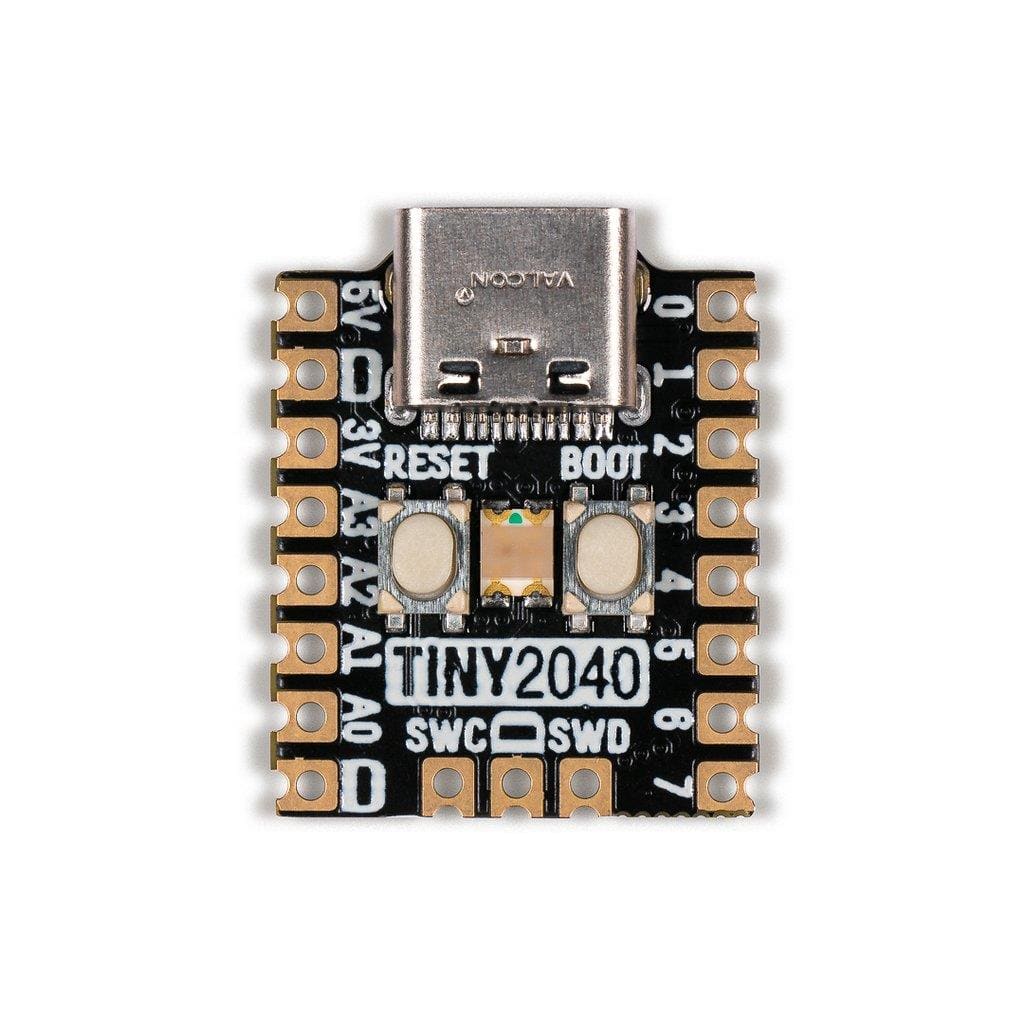
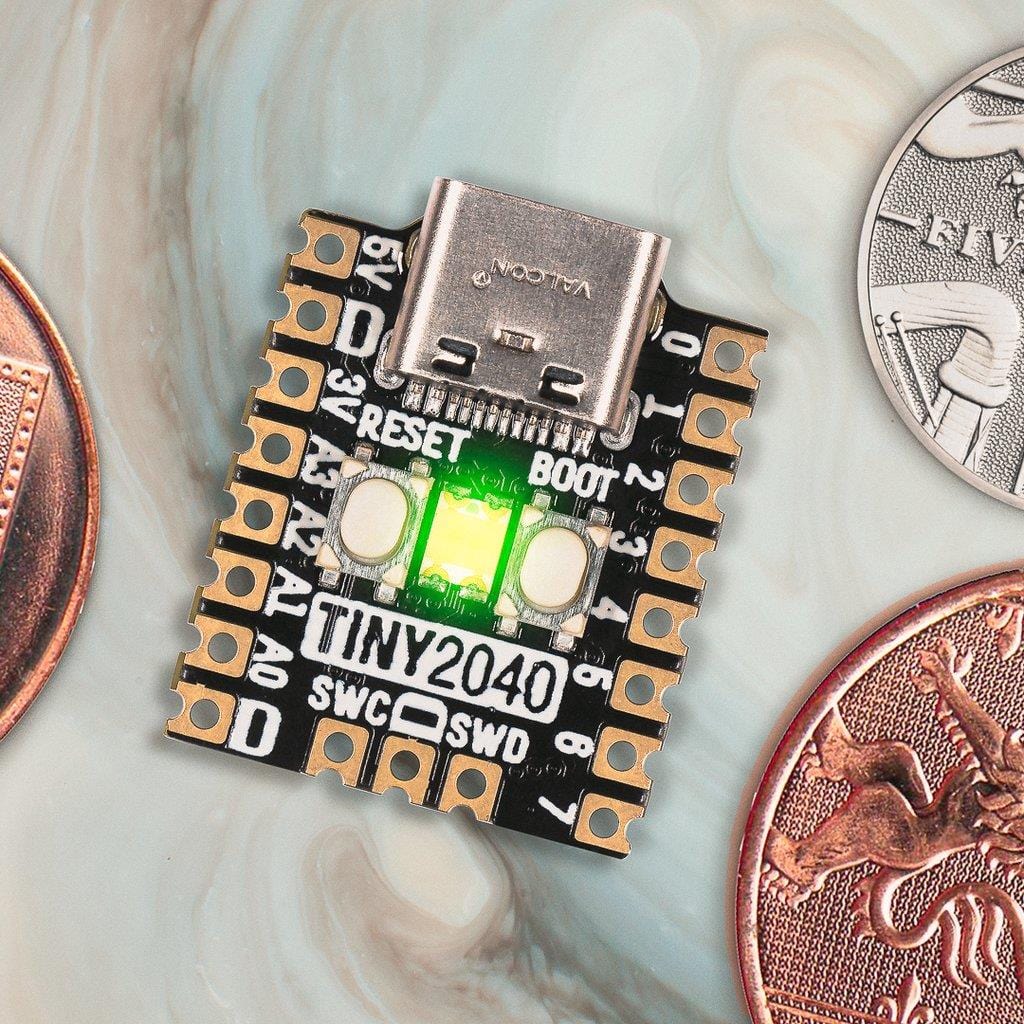
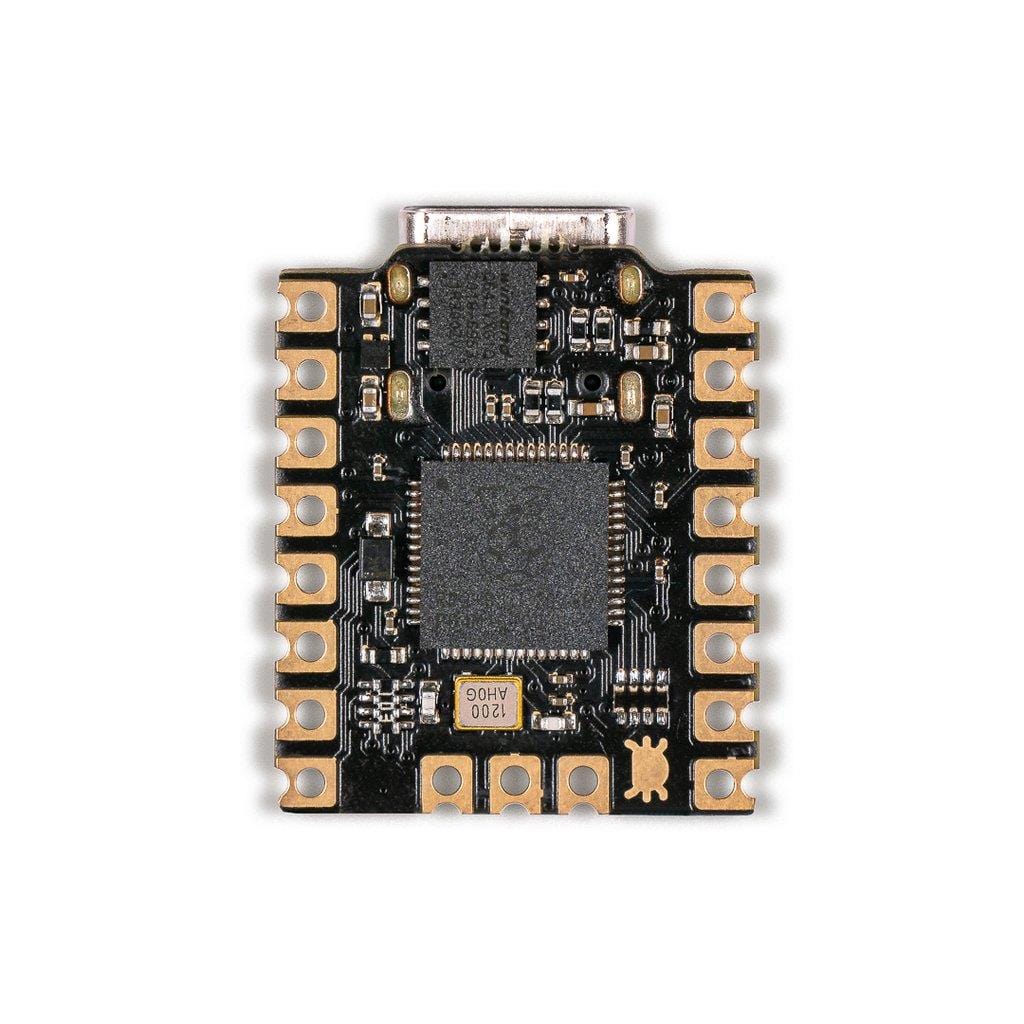
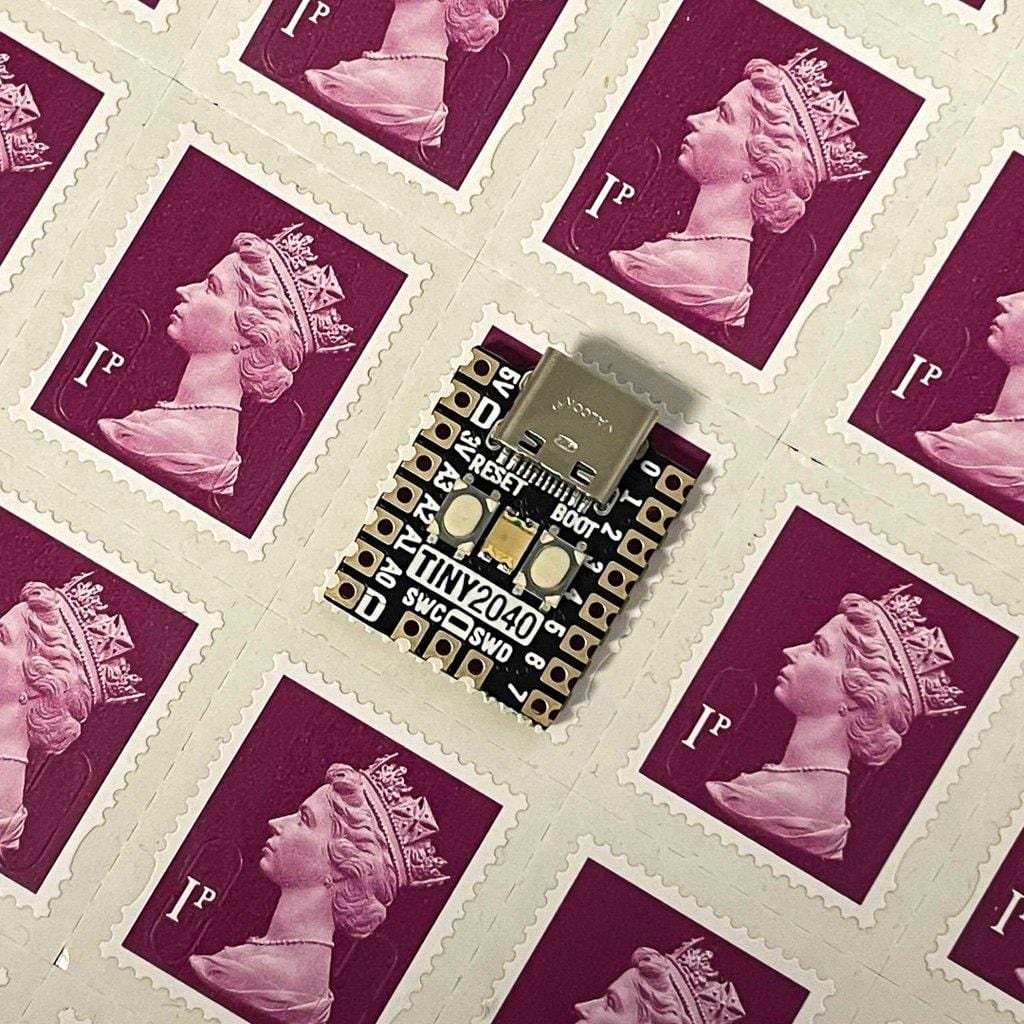
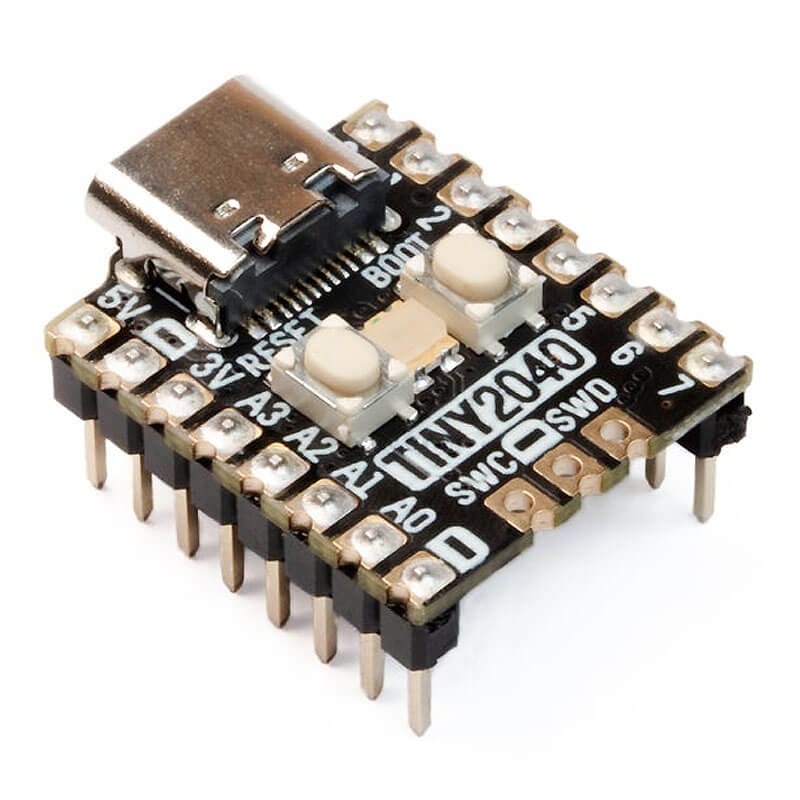
Login / Signup
Cart
Your cart is empty
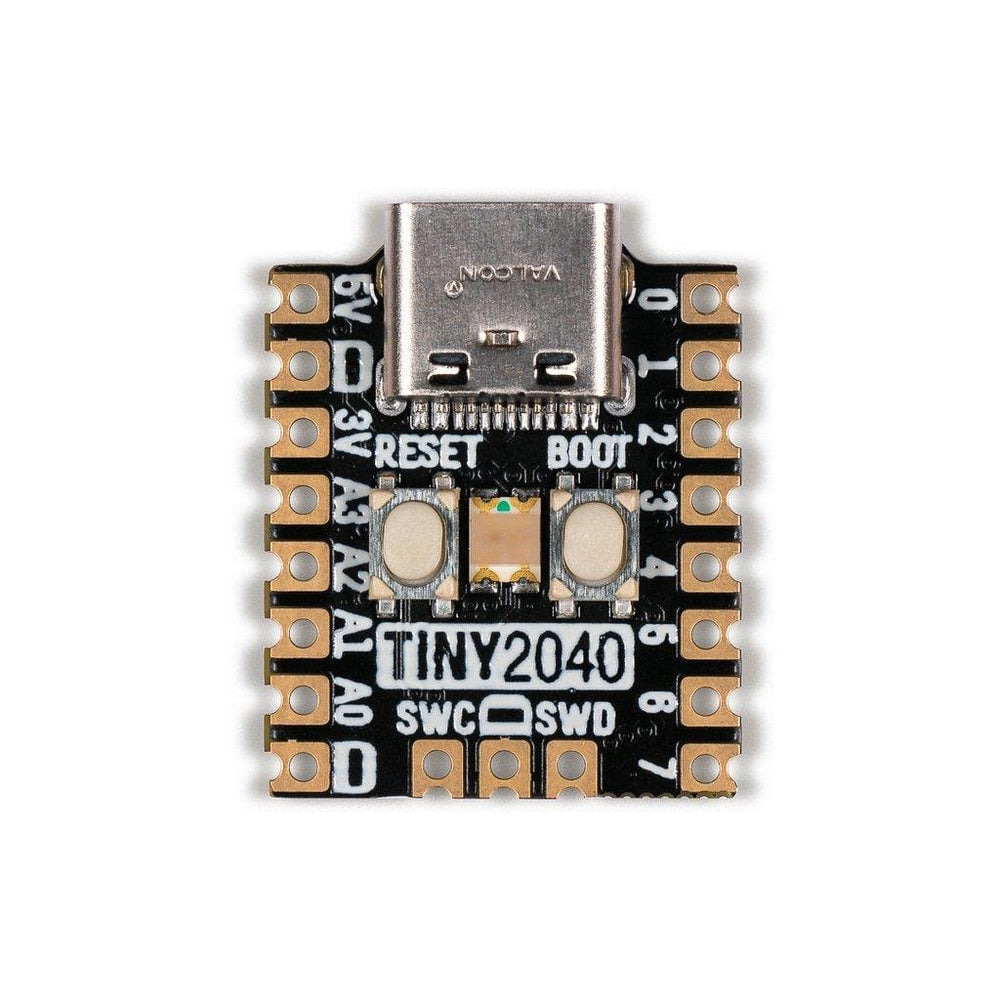
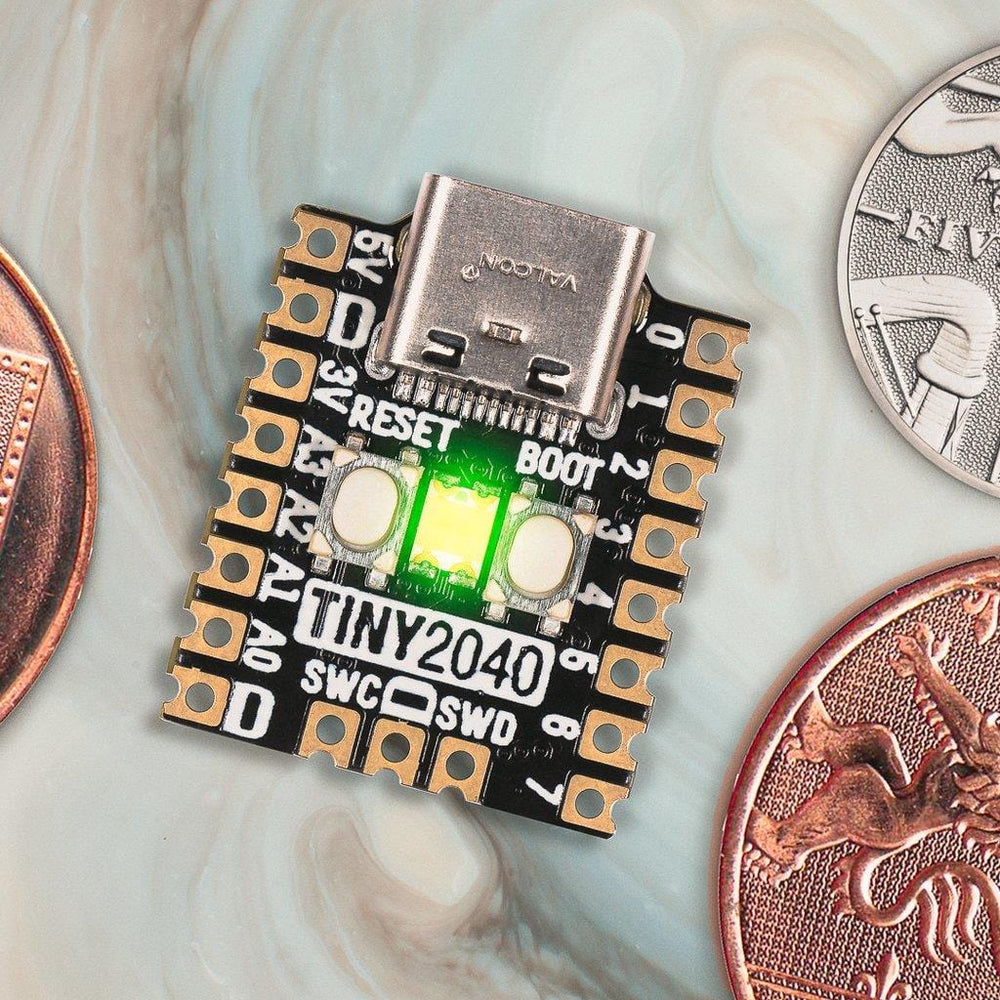
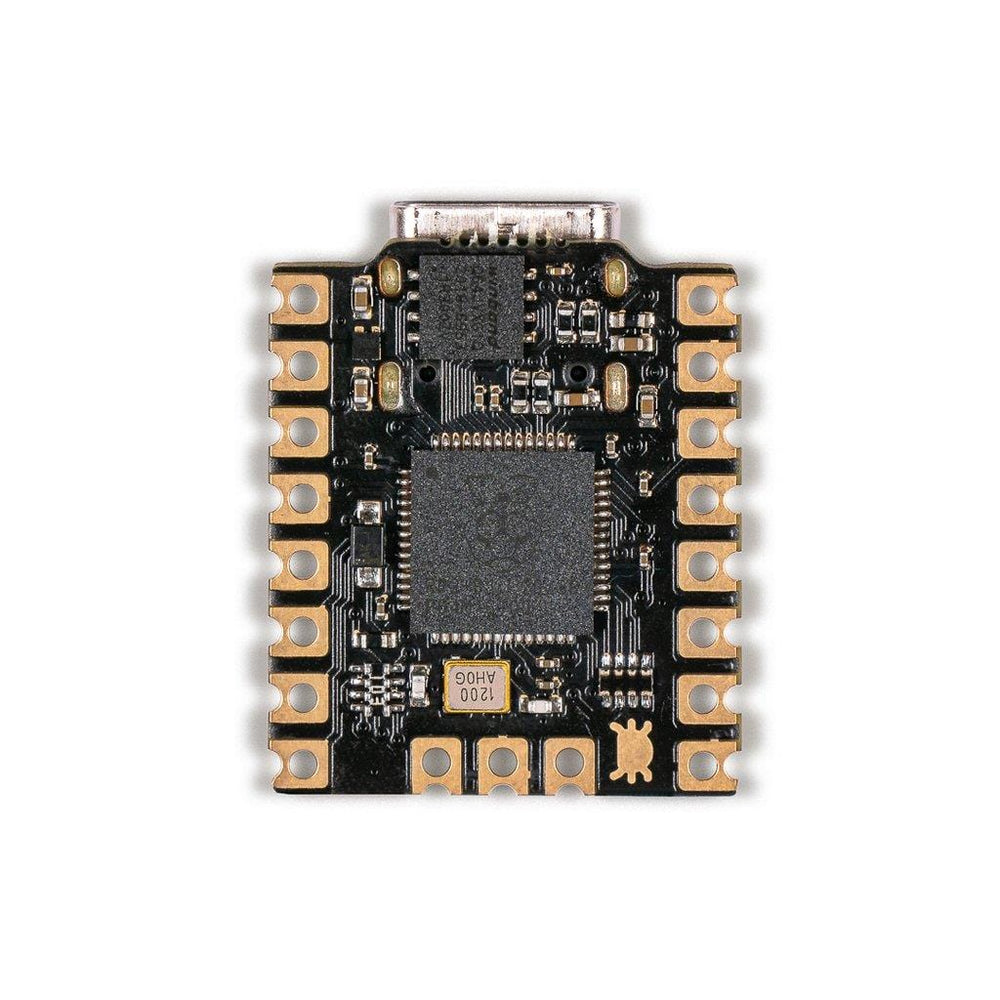
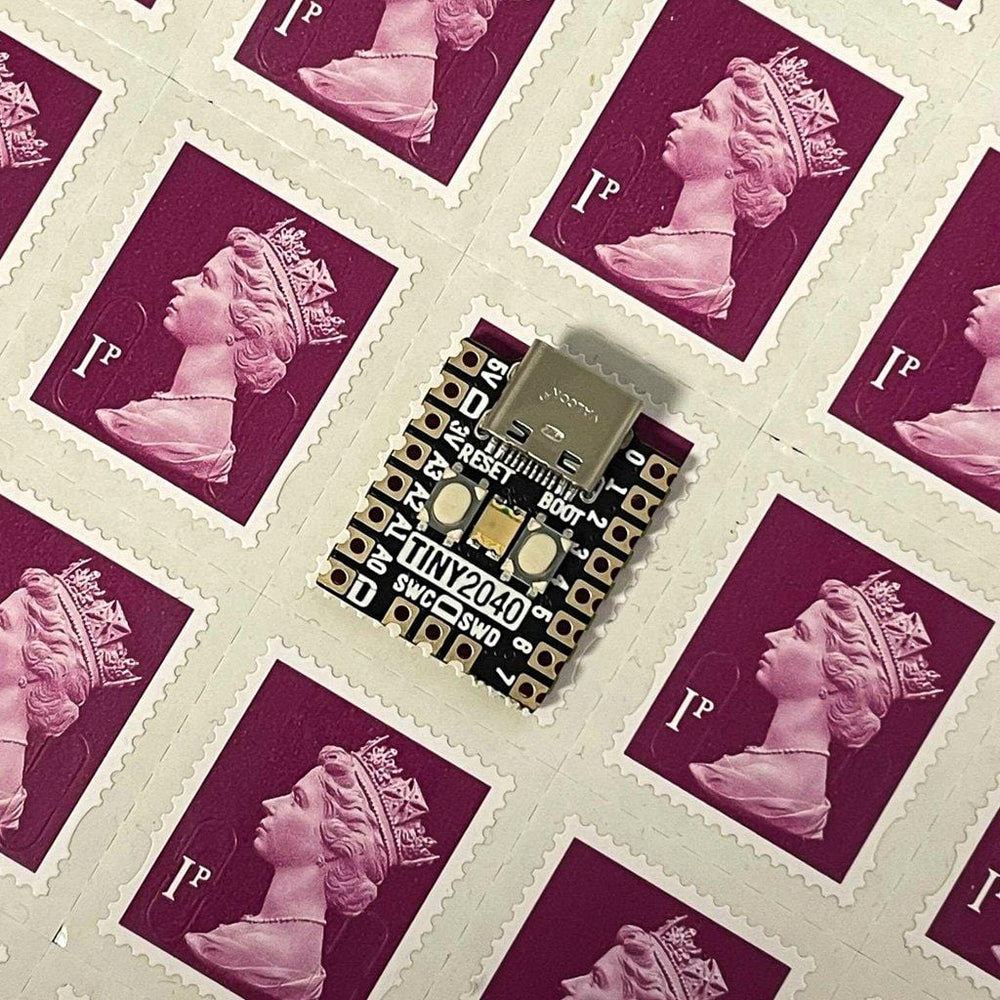
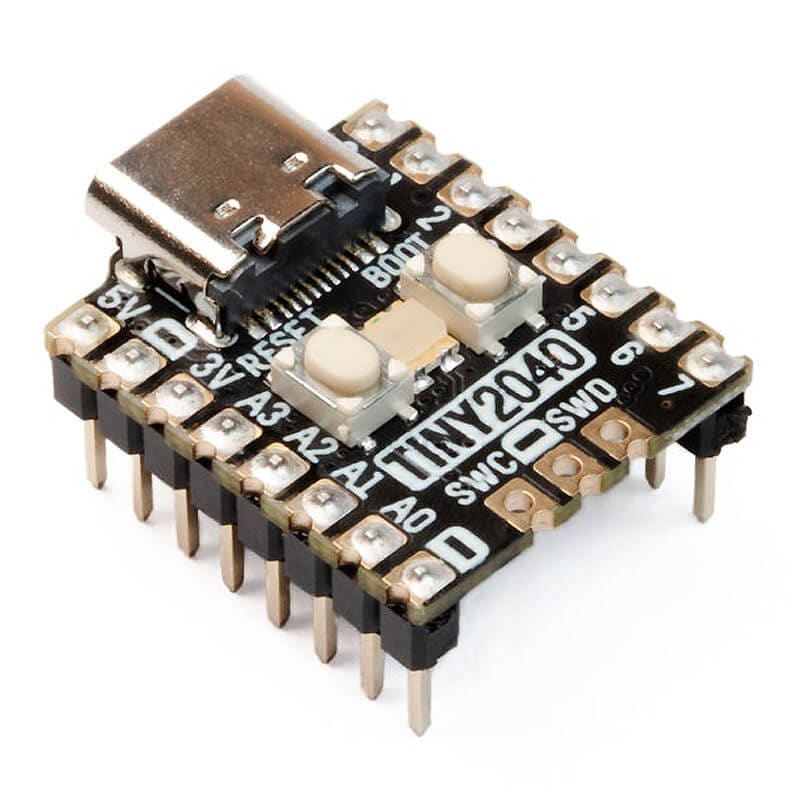
A postage-stamp-sized RP2040 development board with a USB-C connection and 8MB of flash, perfect for portable projects, wearables and embedding into devices.
While we love the Raspberry Pi Pico we also wanted something smaller and with a bunch more flash on board. Introducing the Tiny 2040 - a teeny tiny powerhouse with the chops to realise truly ambitious projects.
Powered and programmable via USB-C (don't forget to grab a USB-C cable for programming), Tiny 2040 comes with 8MB of QSPI (XiP) flash on board so it can handle projects small and large with ease. The board is designed with castellated pads to allow it to be directly soldered onto a PCB or alternatively, you can use pin headers to hook it up on a breadboard or directly with wires. We've even managed to fit in a programmable RGB LED, a reset button and some clever circuitry that lets you use the boot button as a user-controllable switch.
It's compatible with firmware built for the Raspberry Pi Pico but offers a reduced number of pins due to its size. You can even run MicroPython on it!

Tiny 2040 is firmware agnostic! You can program it with C/C++ or MicroPython in the same way as you would a Raspberry Pi Pico, though you'll need to bear in mind that it has a reduced number of pins. You can find (lots) more information on how to do that (as well as download links for the firmware/SDK) on the RP2040 landing page.
You can also use CircuitPython on your Tiny 2040! CircuitPython is an easy to use, well-established ecosystem with lots of example code and drivers for interfacing with different kinds of hardware. Click here to download the CircuitPython firmware for Tiny 2040 and click here for a getting started guide.
The RGB LED is connected to GP18-GP20 and active low (so the on/off state will work in the opposite way to the LED on a Raspberry Pi Pico). You can PWM the pins to dim the LED - check out Tonygo2's MicroPython example.
Raspberry Pi's RP2040 microcontroller is a dual-core ARM Cortex M0+ running at up to 133Mhz. It bundles in 264kB of SRAM, 30 multifunction GPIO pins (including a four-channel 12-bit ADC), a heap of standard peripherals (I2C, SPI, UART, PWM, clocks, etc), and USB support.
One very exciting feature of RP2040 is the programmable IOs which allow you to execute custom programs that can manipulate GPIO pins and transfer data between peripherals - they can offload tasks that require high data transfer rates or precise timing that traditionally would have required a lot of heavy lifting from the CPU.






